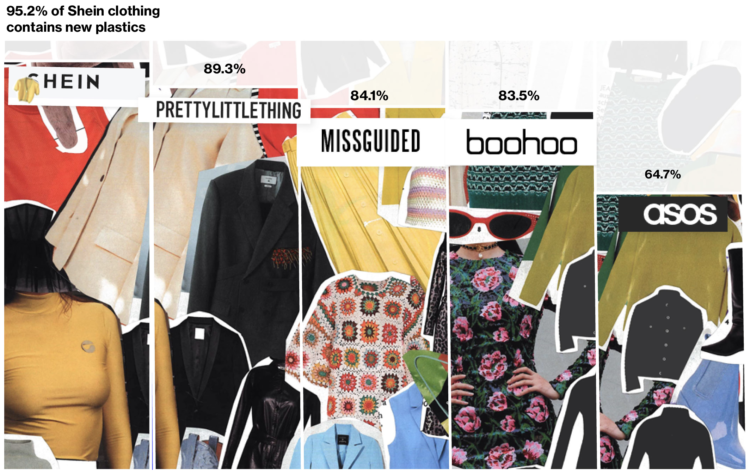
by Ariana La Grenade-Finch, intern, Environmental Health, APHL
COVID-19 has remained top news for several months and has altered lives in many ways. One of the ways things have changed is in how and the frequency in which laboratories conduct pediatric lead testing, something that, even during a pandemic, remains essential as part of regular pediatric checkups. To further understand COVID-19’s impact on pediatric lead testing, I decided to speak with APHL members from environmental health laboratories.
From a flood to a trickle
At the Michigan Department of Health and Human Services-Bureau of Laboratories, sample collection has been difficult because many pediatric facilities closed for in-person appointments and patients were seen remotely. Samples weren’t being provided as usual. The North Carolina State Laboratory of Public Health had a decreased number of specimens submitted during the months following initial stay-at-home orders, but has seen an increase in sample submission from 2,330 specimens in April to 3,515 specimens in May. Despite the difficulties that decreased collections suggest, both of these labs are still receiving some samples and proceeding with lead testing as much as possible.
One laboratory that has been more heavily impacted by decreased testing and hasn’t seen much of an increase in recent months is the Louisville Metro Department of Public Health and Wellness Laboratory in Kentucky. Scientists there have seen a significant decrease in blood lead testing since the pandemic began, dropping from an average of testing five days per week to three days per week due to a lack of sample volume. In April of this year the laboratory received only 126 samples, down from 400 last year.
Because of the decrease in samples and because of increased need for support, many environmental health staff have been repositioned to work on COVID-19 instead of their usual duties. For example, in the Rhode Island State Health Laboratory, which typically performs the state’s largest volume of blood lead testing, there have been days where they received no samples due to the pandemic. Those scientists were moved to support COVID-19 testing leaving fewer hands available for the lead testing work that was needed.
Long-term impact
Decreases in testing point to potential long-term ramifications for children. For some jurisdictions, as pandemic-related restrictions are lifted and pediatrician offices are re-opened, there will be an increase in the number of children being tested. In other areas, such as Louisville, there was already pre-pandemic concern about not screening enough of the high-risk children in the community. This sentiment has only intensified during the course of the pandemic although taking action remains challenging. Louisville had plans to increase screening of pregnant mothers late last year, but the project lost momentum when the pandemic struck and has not changed in recent months despite re-openings.
The lack of screening in certain high-risk populations raises concerns related to delayed diagnoses, implementation steps and interventions concerning children’s health. Discussions with a handful of laboratories have given me a preliminary understanding of how COVID-19 is affecting pediatric lead testing in environmental health laboratories across the nation, but there is variation and there will be more to explore as the pandemic continues.
Read more about the interest in pediatric lead testing.
Ariana La Grenade-Finch is currently a Program Analyst with the Office of Research and Development, Environmental Protection Agency.
The post How has COVID-19 created challenges for pediatric lead testing? appeared first on APHL Lab Blog.








 Deep brain stimulation in Parkinson’s disease, modelling chromatin dynamics, ant obstacle courses post-info Check out our Editors-in-Chief’s selection of papers from the May issue of PLOS Computational Biology. Quantitative theory of deep brain stimulation of
Deep brain stimulation in Parkinson’s disease, modelling chromatin dynamics, ant obstacle courses post-info Check out our Editors-in-Chief’s selection of papers from the May issue of PLOS Computational Biology. Quantitative theory of deep brain stimulation of PLOS Biology in the media – May post-info This year is flying by, and May was another bumper month at PLOS Biology. In May we’ve covered all things hair, mind-controlled avatar races, and plant
PLOS Biology in the media – May post-info This year is flying by, and May was another bumper month at PLOS Biology. In May we’ve covered all things hair, mind-controlled avatar races, and plant